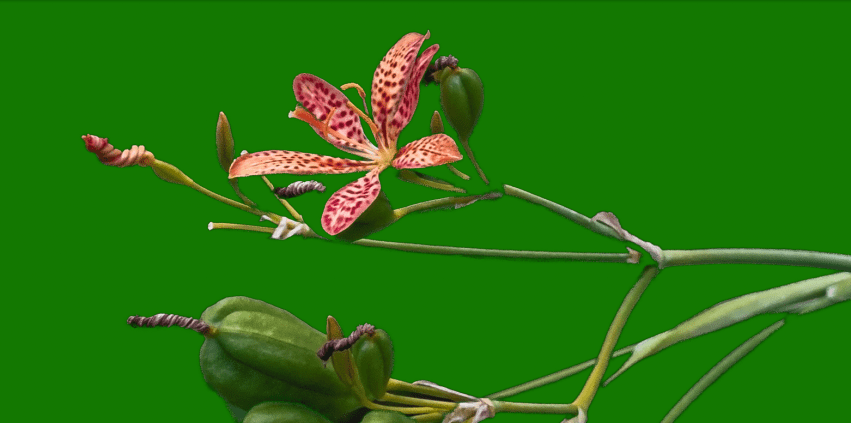From A History of Zinnias: Flower for the Ages by Eric Grissell:
“[Zinnias] are members of the composite or Asteraceae family of plants — imagine a sunflower — that represents a cluster of hundreds of individual tiny flowers growing upon a single platform called the receptacle. Therefore, and speaking technically, a zinnia or composite is not a flower but instead is a cluster of flowers, as its name suggests. In presenting a single sunflower to a favorite person, for example, it is most correct to exclaim ‘I have brought you a bunch of sunflowers,’ but this most likely won’t catch on.
“The small flowers that compose the ‘flower’ of the Elegant Zinnia and all its relatives represent two basic types: ray flowers and disk flowers. Ray flowers each bear a single colorful petal and often a seed at its base; in single flowers these petals are lined around the rim of the receptacle, producing the ‘sunrays’ as in a sunflower. Disk flowers have no petals and form the central cone of a zinnia. Whereas ray flowers are either sterile or female, disk flowers are both male and female, frequently appearing yellow or orange due to pollen of the male parts (anther/stamens), giving the center of a single composite flower its additional smidgen of color.”
From “Visitation” in North of Eden: New & Collected Poems by Rennie McQuilkin:
I’ve been anxious all morning,
have come outside to sit by the fall flowers,
shaggy orange and pink and yellow zinnias
grown tall for the occasion
beside the rough-hewn slats of a barn-red barn.
The day is warming after a touch of frost.
The zinnias have made it through
and have a caller
on orange-red, black-veined wings
rimmed with white dots and yellow oblongs.
The wings go from flower head to
head, landing, shutting, opening slowly,
then folding together like supplicant hands
palm to palm for the long deep drawing in,
and rising for delighted swags of dizzy flight
up and down the length of the barn
before lighting on another zinnia….
Hello!
As I mentioned in my most previous post (see Zinnias and Fritillaries), I’ve made several trips to Oakland Cemetery’s gardens just to spend time photographing flowers from several batches of zinnias that seem especially happy to be here this time of year. The extra attention I gave them got me wondering about the zinnia flower’s structure — especially after looking at flowers like this one, where the zinnia bloom has two little yellow flowers growing around the edges of its central disk…

… about which my first thought was that two additional flowers had seeded themselves (somehow!) onto the zinnia. As is often the case, this puzzling led me to Wikipedia, where zinnias are described as “composite flowers” — and composite flowers are then explained by the botanical term pseudanthium. While “composite flower” and “pseudanthium” are not precisely interchangeable, one can see why one might just be satisfied to use the former term rather than the latter.
Flowers in the aster — or Asteraceae — family are typically composite flowers, and zinnias like the one in the photograph above contain multiple composite parts. In addition to the up-top quotation from A History of Zinnias: Flower for the Ages (I can’t believe I found a book about zinnia history!), you can read a more elaborate description of these intricate structures — along with some diagrams of the different parts of a zinnia flower — at Zinnias: Flower Cycles and Parts. Despite their small size, the additional florets are highly visible in bright yellow or orange, evolving as a strong signal for pollinators (and photographers!) to zoom in for a visit.
I photographed many of these zinnias on a slightly overcast, breeze-free day — my favorite conditions for photographing flowers. Yet as I stood near the zinnias taking pictures, some of them kept swaying to the left or right, as if they were being tapped with a stick. They weren’t of course; but I soon found I had a photo-shoot companion: this bitty creature who, apparently, thought its job was to challenge my focusing skills by leaping from plant to plant and giving the stems a solid shake. I caught him in a nice freeze-frame just after he leapt from his last zinnia, his colors blending with the rock wall as he disappeared into the grass nearby. While I tried to get him to crawl on my hand — THAT didn’t work! — at least I got him to pose for these portraits.


Here’s the first collection of zinnia photos, starting with wide views of some of the red-orange varieties like those I posted previously, followed by closeups of a few other-colored variants with very interesting botanical elements.
Thanks for reading and taking a look!























































































